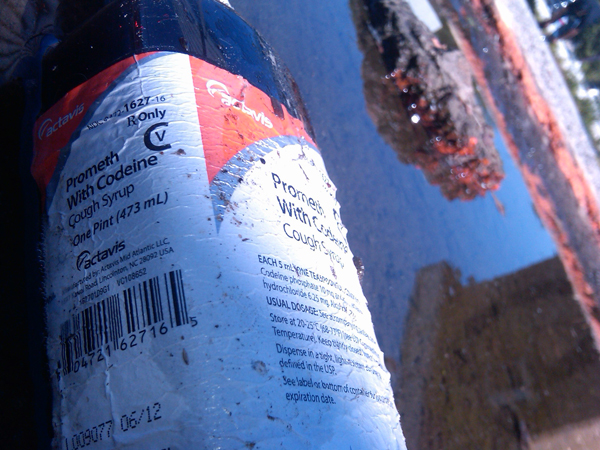
A study published through the National Institute on Drug Abuse website (NIDA) by the Substance Abuse and Mental Health Services Administration (SAMHS) revealed that illicit drug use in the U.S. has risen to its highest level in eight years. Last year, an estimated 21.8 million people admitted to using illicit drugs within a month of taking a survey administered by the SAMHS.
“Using drugs does not enhance your college experience; in fact it can take a lot away from it. Drugs affect your mental and emotional functioning, which can negatively affect your academics, creativity, social life and overall health,” said Karen Adkins of SCAD Atlanta counseling services. The risks involved with drug usage vary among individuals, but the consequences can be deadly according to the Center for Disease Control and Prevention (CDC).
CDC medical epidemiologist Leonard J. Paulozzi related that deaths from unintentional drug overdoses “over the past 10 years have reached historic highs… [drug overdoses] are currently (as of October 2009) four to five times higher than during the ‘black tar’ heroin epidemic in the mid-1970s, and more than twice what they were during the peak years of crack cocaine in the early 1990s.”
Adkins said that many students believe using illicit, illegal or non-medical prescription drugs can increase focus, concentration and creativity when there is a large amount of work due in a short amount of time. However, using the substances in such a way can have negative long term affects.
According to the previously mentioned NIDA report, the non-medical use of prescription drugs rose in 2010 by 12 percent from 2.8 percent in 2009.
NIDA reported that in 2008, 10 percent of high school seniors said they had abused Vicodin, and 5 percent admitted to abusing OxyContin (an opioid chemical comparable to Codeine). In a NIDA sponsored study, 9 percent out of 9,161 undergraduate students at Midwestern University admitted to abusing prescription drugs, and 54 percent of those students obtained the drugs from their peers.
“Some students who have been prescribed pain medications by a doctor may think that it is okay to take more than is prescribed by their doctors, because they are experiencing pain,” said Adkins. “Some pain medications are highly addictive and are prescribed and regulated in a specific manner in order to protect [users]. In fact there are certain doctors who are even allowed to prescribe certain pain medications.”
The use of Promethazine/Codeine, a prescription cough and pain suppressant syrup, has been made more popular since the death of Pimp C, of the rap group UGK. According to a 2008 New York Times report, the Los Angles County coroner’s office attributed Pimp C’s death to the drug popularly known as “purple drink,” or “lean.”
“The most serious ramification of the use of illegal substances is the potential for physical injury, disability, and death,” said Adkins regarding student drug usage. “Having a momentary high or staying up to finish a project is not worth losing your freedom, friendships, academic standing or future success.”
According to the Above The Influence website, an Office of National Drug Control program, prescription drugs, such as Xanax, Vicodin and Codeine syrup, are as dangerous as any other illegal drug like heroine or cocaine. Many non-medical users consume more than the prescribed amount, and the side effects can cause respiratory depression (difficulty breathing for extended periods of time), respiratory arrest, and coma.
“Many times students are not taking just one drug, or [they] may be drinking along with these drugs,” said Adkins.
Also according to NIDA, a 2001 Harvard School of Public Health college alcohol study showed that students who admitted to abusing prescription drugs also had higher levels of cigarette smoking, heavy drinking, abuse of marijuana, MDMA (ecstasy) and cocaine.
Adkins said that if a student thinks, has been told or feels like they might have a problem, then they should reach out to counseling services for help. “There are many resources here at SCAD and in the community that are available to help quit. [Students] can always stop by CS3 (on the first floor of the main SCAD building) to get more information on resources that are available.”

























